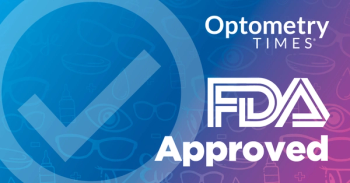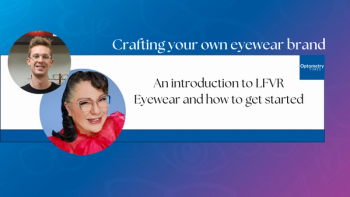
Genetic testing can guide personalized AMD treatment
During a presentation at SECO, Jeffry Gerson, OD, FAAO, said a simple genetic test gives optometrists the necessary information for developing a personalized care plan for patients with-or at risk for-age-related macular degeneration.
Atlanta, GA-During a presentation at SECO, Jeffry Gerson, OD, FAAO, said a simple genetic test gives optometrists the necessary information for developing a personalized care plan for patients with-or at risk for-age-related macular degeneration.
While other factors, such as age, weight, and whether a patient smokes, nothing can help predict the likelihood of a patient developing AMD over the next 2, 5, and 10 years like a genetic test. The test can also tell the optometrist which types of therapy would be most beneficial to the patient.
“It’s bad to be a smoker, when it comes to AMD. It’s bad to have bad genetics. It’s really bad to have bad genes and be a smoker,” says Dr. Gerson. He said patients with bad genetics are at a 400xs greater risk for developing AMD than those with good genetics, and adding in smoking or other factors make that risk increases even more.
Dr. Gerson says he uses the
If a patient has a diagnosis of drusen or AMD and has insurance, the test costs the patient about $25, says Dr. Gerson. For patients without insurance, the test costs $500-$700.
In addition to identifying patients who are most at risk for AMD, it can bring peace of mind to those who find they are not at risk for the disease.
“Our role is to be preventative and proactive. I ask myself, ‘If this were my mom, what would I do?’ And wouldn’t it be great to tell someone ‘You don’t have to worry’?” says Dr. Gerson.
Newsletter
Want more insights like this? Subscribe to Optometry Times and get clinical pearls and practice tips delivered straight to your inbox.


















































.png)


